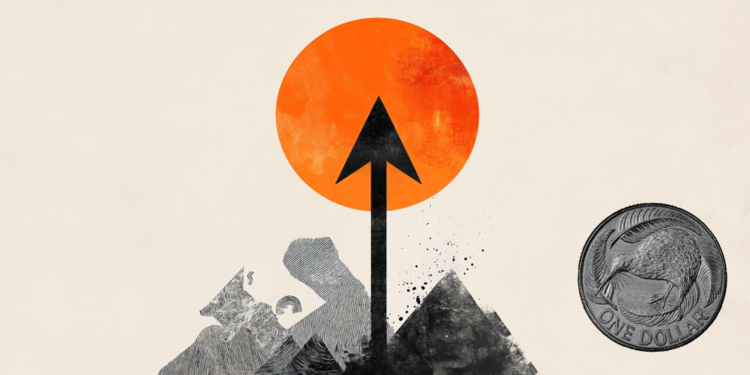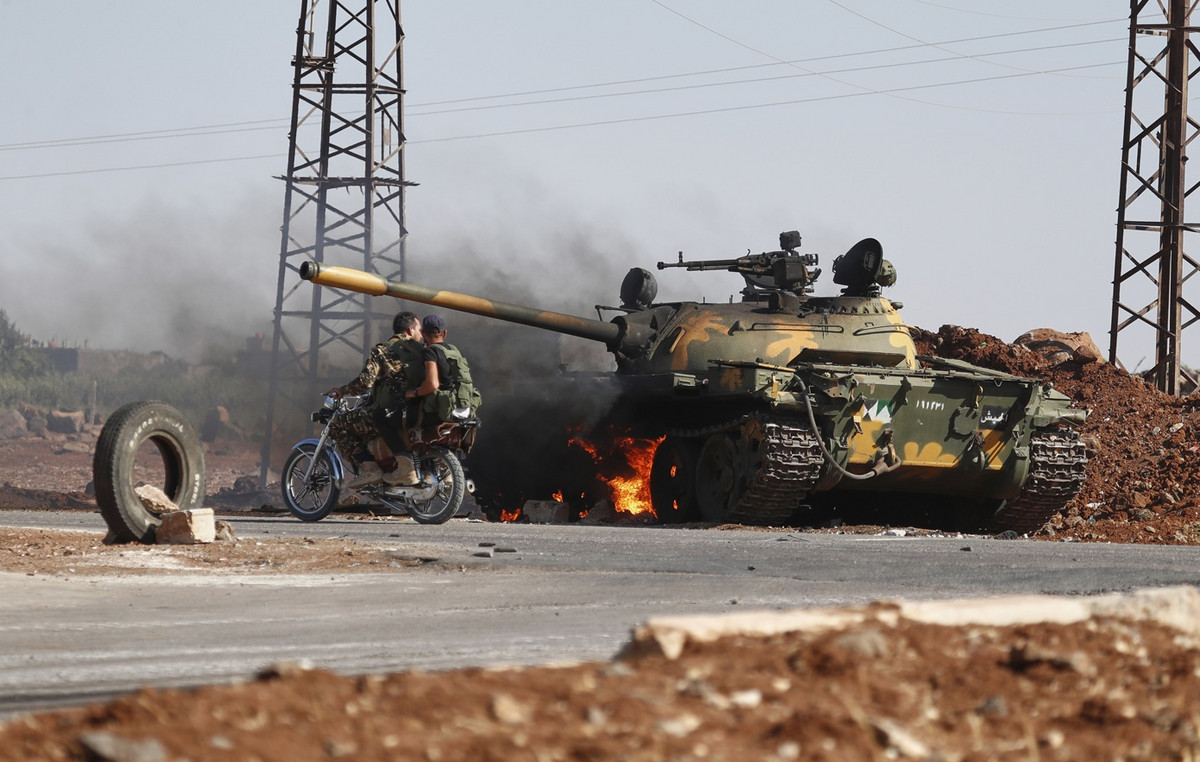Oil prices hit their highest level since 2008 due to delays in the potential return of Iranian oil to global markets and considerations by the United States and European allies to ban Russian oil imports.
Talks to revive Iran’s 2015 nuclear deal with world powers were mired in uncertainty on Sunday after Russia’s demands for an American guarantee that sanctions it faces over the Ukraine conflict will not harm its trade with Ukraine. Tehran. China has also raised new demands, according to sources.
In response to Russian demands, US Secretary of State Antony Blinken said on Sunday that the sanctions imposed on Russia for the invasion of Ukraine have nothing to do with a possible nuclear deal with Iran.
Meanwhile, the United States and European allies are exploring a ban on Russian oil imports, Blinken said on Sunday, and the White House has coordinated with key congressional committees moving forward with its own ban.
Brent was up $11.67, or 9.9%, to $129.78 a barrel at 8:50 pm ET, while U.S. WTI crude was up $10.83, or 9.4% , to $126.51, putting both contracts on track for their biggest daily percentage gains since May 2020.
In the first few minutes of trading on Sunday, both benchmarks rose to their highest level since July 2008, with Brent at $139.13 a barrel and WTI at $130.50.
Both contracts peaked in July 2008, with Brent at $147.50 a barrel and WTI at $147.27.
“Iran was the only real bearish factor hanging over the market, but if now the Iranian deal is delayed, we could get to the bottom of the tanks much faster, especially if Russian barrels remain out of the market for a long time,” Amrita said. Sen, co-founder of Aspectos Energéticos, a group that analyzes the market.
Analysts at JP Morgan said last week that crude could rise to $185 a barrel this year.
“The idea was not to sanction oil and gas because of its essential nature, but oil is being sanctioned by private actors who don’t want to pick it up or ports who don’t want to receive it. The longer this goes on, the more supply chains will be choked,” said Daniel Yergin, author and vice president, S&P Global.
Russia exports around 7 million bdp and refined products, equivalent to 7% of global supply. Some volumes of Kazakhstan’s oil exports from Russian ports also faced complications.
Bank of America analysts said that if most of Russia’s oil exports are cut, there could be a deficit of 5 million barrels or more, and that means oil prices could double from $100 to $200. the barrel.
Iran will take several months to restore oil flows even if it reaches a nuclear deal, analysts said.
The Eurasia Group said new Russian demands could derail nuclear talks, although it still kept the chances of a deal at 70%.
“Russia may intend to use Iran as a route to circumvent Western sanctions. A written guarantee allowing Russia to do this is likely far beyond what Washington can offer in the midst of a full-scale war in Ukraine,” said Henry of Eurasia.
Also supporting oil prices, the closure of the El Feel and Sharara oil fields in Libya resulted in the loss of 330,000 barrels per day (bpd), the National Oil Corporation said on Sunday. Libya, a member of OPEC, produced about 1.2 million bpd of oil in 2021, according to US energy data.
In the United States, however, the average price of a gallon of gasoline hit $4,009 on Sunday, according to the AAA, an automobile association, the highest since late July 2008. Consumers are paying 40 cents more than a week ago and 57 cents over a month ago.
AAA, which has data since 2000, said U.S. gasoline prices at the pump rose to a record $4,114 on July 17, 2008.
Senior US officials traveled to Venezuela on Saturday to speak with the government of President Nicolas Maduro, seeking to determine whether Caracas is prepared to distance itself from Russia, a close ally.
Source: CNN Brasil
I am Sophia william, author of World Stock Market. I have a degree in journalism from the University of Missouri and I have worked as a reporter for several news websites. I have a passion for writing and informing people about the latest news and events happening in the world. I strive to be accurate and unbiased in my reporting, and I hope to provide readers with valuable information that they can use to make informed decisions.







